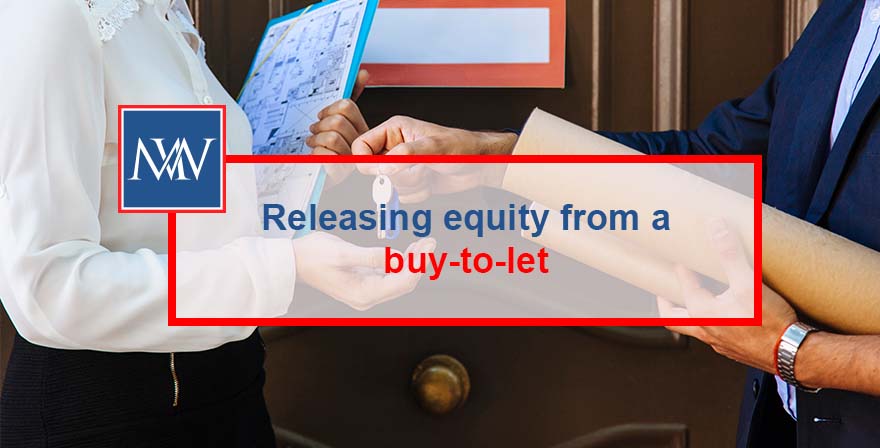
Releasing equity from a buy-to-let
Landlords who have benefited from rising property prices in recent years may wish to consider releasing equity now in case prices drop. This may be to free up a deposit to expand the portfolio to take advantage of lower prices, to help children get on the property ladder or simply to release some cash to help with rising living costs. However, while extracting equity from your property portfolio may be an attractive proposition, there are some tax considerations to factor into the equation.
Relief for loan interest
The general rule is that tax relief for borrowings is available up to the value of the property when it was first let. If you have owned the property for some time, it may now be worth considerably more than it was when you first let it out, and in releasing equity, your borrowings may exceed the tax relief ceiling. Consequently, you may not be able to claim tax relief for the full amount of your interest and finance costs. With rising interest rates, the amount not eligible for relief may be significant, eating into your profits.
The way in which relief is given depends on the type of let and also on whether you operate an unincorporated business or run a limited company.
If your business is an unincorporated property business letting residential properties (other than as furnished holiday lettings), tax relief for interest and finance costs is given as a reduction in your tax bill, reducing the amount of tax that you pay on the profits of your rental business by 20% of your interest and finance costs. If you are a higher or additional rate taxpayer, the rate of relief is less than the rate at which you pay tax. However, if you run a furnished holiday lettings business or let commercial property, you can deduct your interest and finance costs in full when working out your rental profit. This is also the case if you run your business as a company, and you can deduct your interest and finance costs in full in working out the company’s profit, regardless of the type of let.
Example
Ali purchased a flat as an investment in 2005. At the time, the flat cost £100,000. He let it out following the purchase and it has been let out ever since. The property was purchased with a mortgage of £80,000.
In early 2023, the property was worth £250,000. To take advantage of this, he increased the mortgage to £200,000 to provide his daughter with a deposit to buy her first home. However, he can only claim tax relief, as a tax reduction of 20%, in respect of the interest on £100,000 of the loan (the value of the property when first let). No relief is available for the interest on the remainder of the loan.
Looking ahead
Releasing equity may cause problems further down the line if the property is sold realising a chargeable gain. If the property is highly mortgaged when sold, there may not be sufficient funds left after clearing the mortgage to pay the associated capital gains tax bill. Where the property in question is a residential property, the tax must be paid within 60 days.
Need Accountancy Support?
For information on bespoke training, or if you have any other questions for Makesworth Accountant, please fill in your details below
















 151
151